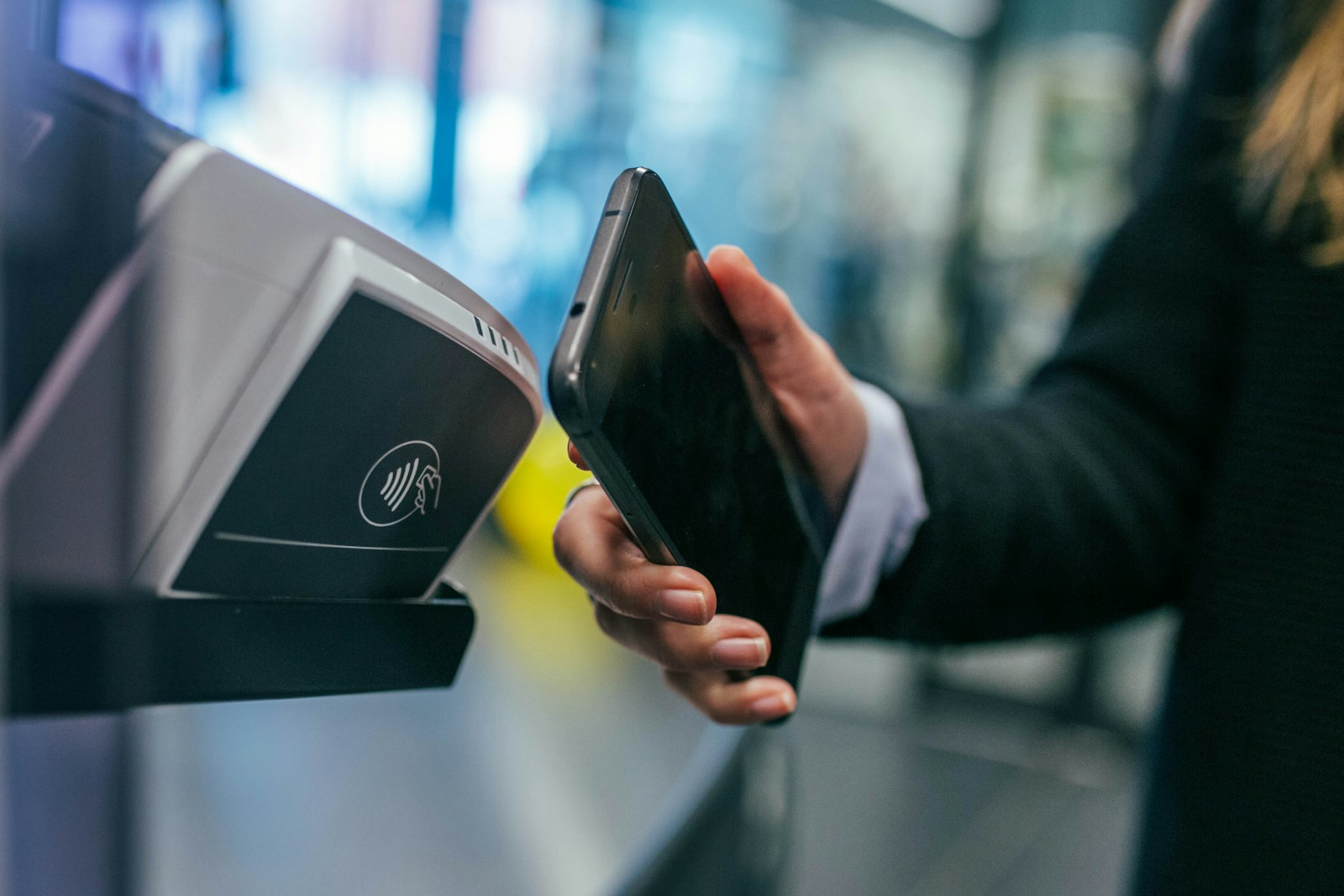The landscape of payment technologies is evolving at an unprecedented pace, fundamentally altering how consumers interact with their finances. The simplicity of ‘Tap, Pay, Done’ is not just a convenience but a revolution in financial transactions. As we delve into the future of payment technologies, it becomes clear that innovation is not only driving ease and efficiency but also reshaping the economic fabric of societies worldwide. This blog post explores the cutting-edge advancements in payment technologies, their implications for businesses and consumers, and a peek into what the future holds.

The Evolution of Payment Technologies
Payment methods have come a long way from barter systems to coins and banknotes, to checks, and credit cards. The last few decades have seen a seismic shift towards digital payments, driven by the internet and mobile technology. Online banking, mobile payment apps, contactless cards, and digital wallets like PayPal, Apple Pay, and Google Wallet have become the norm. This evolution reflects a broader trend towards convenience, security, and speed in financial transactions.
The Current State: Contactless Payments and Beyond
Contactless payments, characterized by the simple ‘tap’ of a card or smartphone, have seen a meteoric rise. Near Field Communication (NFC) technology has made transactions faster and more secure, reducing the need for physical contact—a feature that became particularly valuable during the COVID-19 pandemic. However, the landscape of payment technologies is not standing still. QR codes, cryptocurrency payments, and biometric verification methods like fingerprint and facial recognition are pushing the boundaries further, offering new layers of convenience and security.
Cryptocurrency and Blockchain: A New Frontier
Cryptocurrencies, powered by blockchain technology, are redefining what is possible in the realm of payment technologies. With the promise of decentralized, secure, and anonymous transactions, cryptocurrencies like Bitcoin and Ethereum have garnered significant attention. Beyond cryptocurrencies, blockchain offers a transparent, tamper-proof ledger system that has potential applications in securing online transactions and reducing fraud.
The Impact of AI and Machine Learning
Artificial Intelligence (AI) and Machine Learning (ML) are set to play pivotal roles in the future of payment technologies. From fraud detection and risk management to personalized banking experiences, AI can analyze vast amounts of data at incredible speeds. ML algorithms can learn from transaction patterns to identify suspicious activities, significantly enhancing security. Moreover, AI-driven chatbots and virtual assistants are making financial services more accessible, providing users with instant responses to inquiries and support for transaction-related tasks.
Biometric Payments: The Future is Personal
Biometric payment technologies use unique physical or behavioral characteristics for verification, offering a level of security that is difficult to replicate. Fingerprints, facial recognition, and even voice and vein patterns are being explored as methods of authenticating transactions. This approach not only adds a layer of security but also convenience, as it eliminates the need to remember passwords or carry physical cards.
The Role of 5G in Payment Technologies
The rollout of 5G technology is set to turbocharge the future of payment technologies. With higher speeds and lower latency, 5G will enable more reliable and instantaneous transactions, even in crowded or remote areas. This advancement could further boost the adoption of mobile payments and support the development of new, innovative payment solutions that require high-bandwidth connectivity.
Challenges and Considerations
While the future of payment technologies is bright, it is not without challenges. Privacy and security concerns are paramount, as the increase in digital transactions presents more opportunities for cybercriminals. Regulatory compliance and interoperability between different payment systems also pose significant challenges. Moreover, there is a need to ensure that these innovations are inclusive and accessible to all segments of society, including those without access to smartphones or the internet.
The Future: Seamless and Integrated Payment Experiences
Looking ahead, the future of payment technologies promises a seamless integration of financial transactions into our daily lives. Imagine smart appliances that can reorder and pay for groceries when supplies run low, or cars that can automatically pay for fuel or tolls. Payment technologies will likely become more invisible and integrated, reducing friction in transactions and making them more efficient.
Conclusion
The journey from traditional payment methods to the futuristic ‘Tap, Pay, Done’ paradigm encapsulates the incredible potential of technology to transform everyday life. As we continue to explore the frontiers of payment technologies, it is clear that innovation will keep pushing the boundaries of what is possible, making transactions faster, more secure, and more convenient. The future of payment technologies is not just about changing how we pay, but also about reimagining the economic interactions that underpin society. For businesses and consumers alike, staying informed and adaptable to these changes will be key to navigating the exciting landscape that lies ahead.
In conclusion, the future of payment technologies is a dynamic and evolving field, with advances in NFC, QR codes, cryptocurrency, AI, ML, biometric verification, and 5G shaping a new era of financial transactions. As we embrace these innovations, it is crucial to address challenges related to security, privacy, regulatory compliance, and inclusivity. By doing so, we can ensure that the future of payment technologies not only enhances transactional efficiency and convenience but also contributes to a more secure, equitable, and interconnected global economy.
Alex is a passionate tech and finance writer, bringing a blend of energy and expertise to the world of blogging. With a deep interest in cutting-edge technology and financial trends, Alex delves into the latest innovations, offering insights and analysis that resonate with both tech enthusiasts and finance-savvy readers. His curiosity extends to exploring how these two worlds intersect, from emerging fintech solutions to the broader impact of technological advancements on the economy. When he's not writing, you'll find Alex at the gym, fueling his love for fitness, or immersed in the latest video game. Through his posts, Alex aims to share his enthusiasm and knowledge, helping readers navigate the fast-paced worlds of tech and finance.
